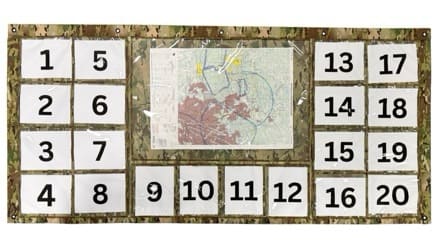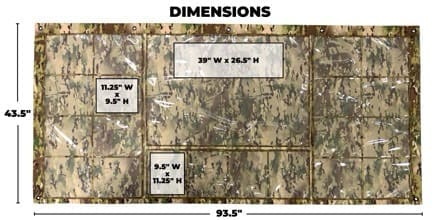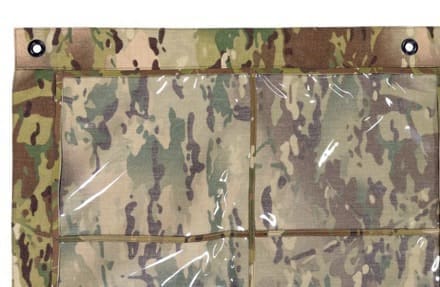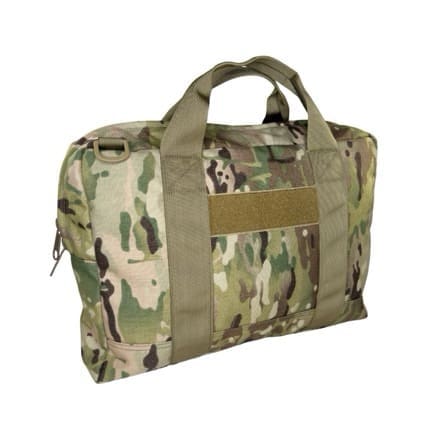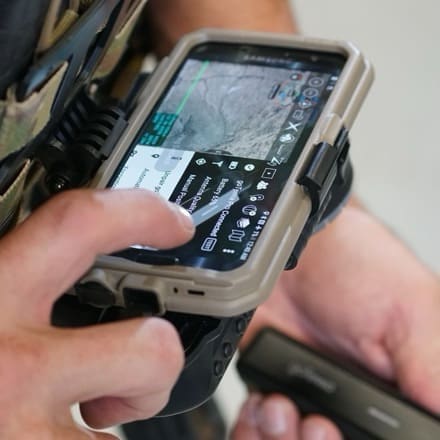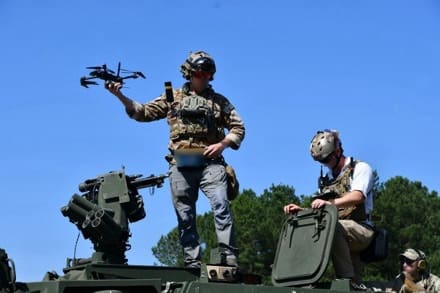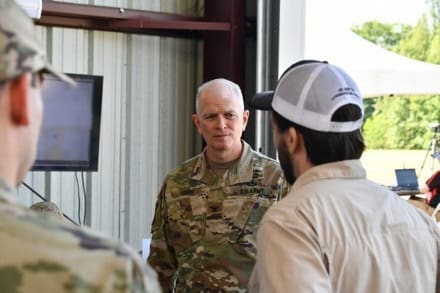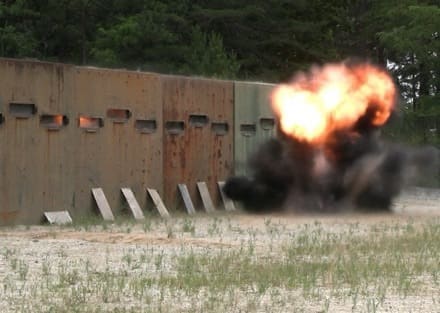Faxon Firearms, a leader in the firearms industry, is proud to announce the release of its new EXOS Pistol Compensator, designed to significantly enhance the performance of the SIG P365 series, including the P365XL and P365 XMacro. This innovative compensator promises to reduce muzzle rise and felt recoil, allowing for faster follow-up shots and improved accuracy.
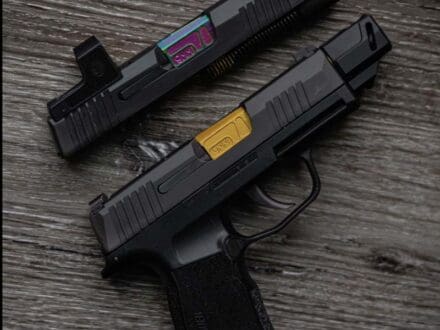
Why Choose a Compensator for Your SIG P365?
The SIG P365 series is renowned for its compact size, reliability, and accuracy, making it a popular choice for concealed carry and personal defense. However, its small size can result in noticeable muzzle rise and recoil, affecting shooting speed and precision. A compensator, such as the Faxon EXOS, attaches to the firearm’s threaded barrel, redirecting gases to counteract barrel movement during firing. This enhances shooting accuracy, control, and comfort, making it an essential upgrade for SIG P365 users.
Key Benefits of the Faxon EXOS Pistol Compensator:
Reduced Muzzle Rise: Maintains sight picture for faster follow-up shots.
Decreased Recoil: Improves shooting comfort and control.
Improved Accuracy: Minimizes muzzle movement for precise shots.
Faster Shooting: Enables quicker target reacquisition and shot placement.
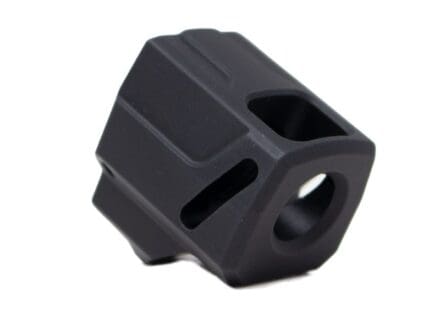
Features of the Faxon EXOS Pistol Compensator:
Superior Design and Construction: Crafted from high-quality materials for durability and longevity, ensuring consistent performance.
Threaded Barrel Compatibility: Seamlessly fits onto the SIG P365’s threaded barrel, offering easy and secure installation.
Effective Gas Redirection: Innovative port configuration effectively reduces muzzle rise and felt recoil.
Lightweight and Compact: Adds minimal weight, preserving the firearm’s balance and handling.
Aesthetic Appeal: Sleek, modern design complements the SIG P365 series, adding a professional and tactical look.
Performance Benefits:
The Faxon EXOS Pistol Compensator enhances shooting accuracy by reducing muzzle rise and recoil. It allows shooters to maintain a steady sight picture and deliver more precise shots, even during rapid fire. Its lightweight design ensures it doesn’t compromise the firearm’s maneuverability, making it an ideal choice for competitive and personal defense scenarios.
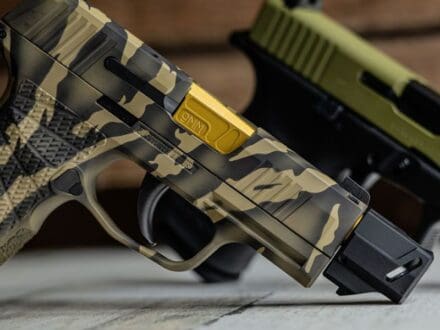
Comparing the Faxon EXOS Pistol Compensator to Competing Models:
The Faxon EXOS outperforms popular models such as the Herrington Arms HC365, Parker Mountain Machine PMM JTTc, and the MCARBO compensators. It offers superior gas redirection, easier installation, and a more aesthetically pleasing design.
Upgrade Your SIG P365 with the Faxon EXOS Pistol Compensator
The Faxon EXOS Pistol Compensator is a top-tier option for those looking to enhance their SIG P365, P365XL, or P365 XMacro. Its superior design, high-quality materials, and performance benefits make it a standout choice.
For more information and to purchase the Faxon EXOS Pistol Compensator, visit the Faxon Firearms product page. Elevate your shooting experience and see the difference a high-quality compensator can make.

About Faxon Firearms:
Faxon Firearms is a premier manufacturer of high-quality firearms and accessories committed to innovation and excellence. Focusing on superior design and performance, Faxon Firearms delivers products that meet the needs of firearm enthusiasts and professionals alike.
